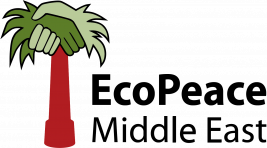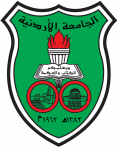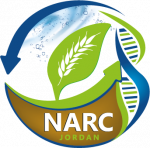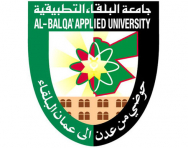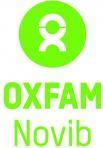Project outcome
- The Water User Association in the project area will have a better understanding of the different needs and capabilities of the different farmers, distinguishing access to water by different type of farmers. And can therefore better enable farmers to improve livelihoods by access to desalinated groundwater and/or treated wastewater.
- Farmers will improve their operations to increase water productivity and will have a better understanding of treated wastewater and its use, potentially leading to social acceptance
- The WAJ and the operators of the treatment plant will operate the Tal al Mantah and/or North Shuna treatment plants as good as the current installation and technology allows.
- Farmers that participate in the TOOLBOX training will apply improvements to their desalination installations, to improve overall efficiency and reduce energy consumption.
- The Jordan Valley Authority will include in their ongoing planning practices new information about the water productivity in the project area.
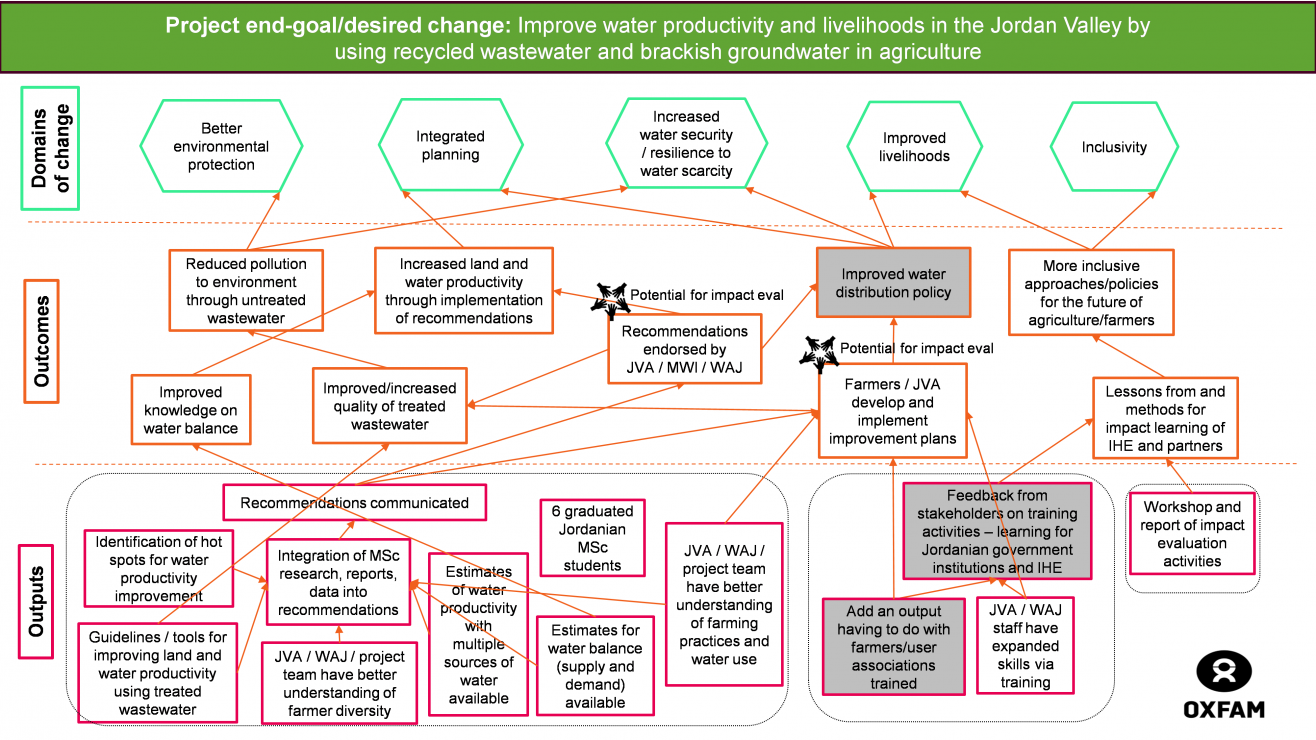
The ‘hourglass’ planning structure of the project.
Research output
- Guidelines / tools for improving land and water productivity using treated wastewater.
- JVA / WAJ / project team have better understanding of farmer diversity.
- Recommendation based on integration of MSc research, reports, data into recommendations.
- 6 MSc reports of Jordanian MSc students.
- JVA / WAJ / project team have better understanding of farming practices and water use.
- Recommendations communicated to JVA/WAJ.
Training output
- JVA / WAJ staff have expanded skills via training.
- Feedback from stakeholders on training activities – learning for Jordanian government institutions and IHE.
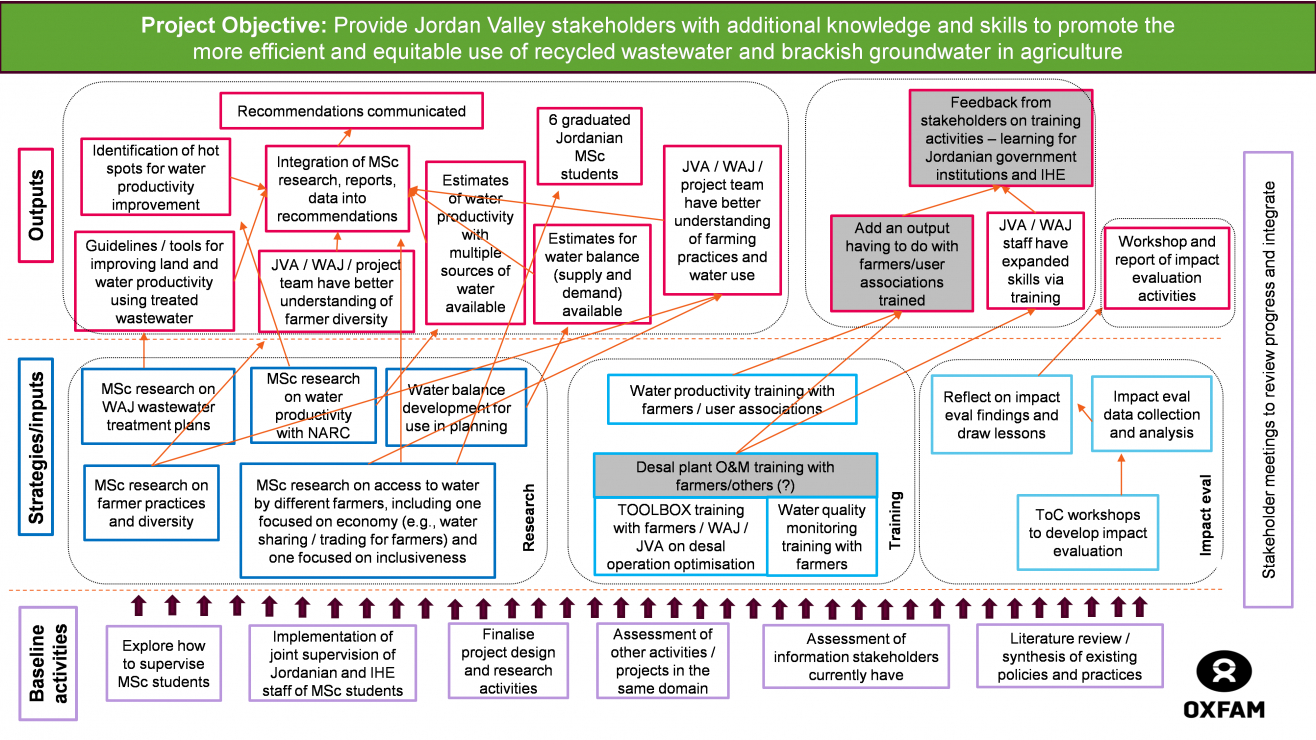
Outputs of the project.


